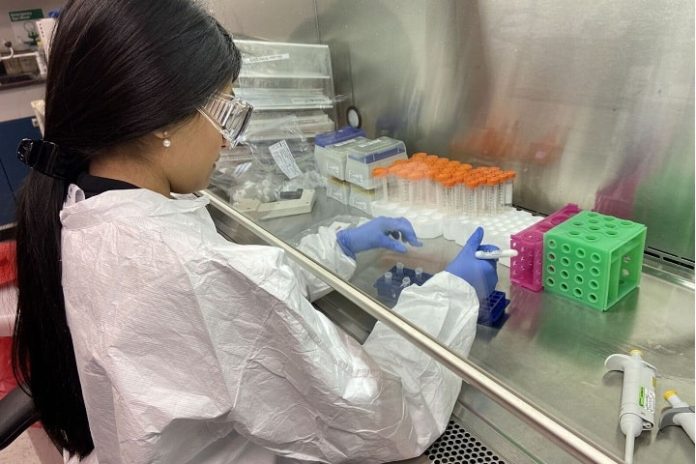Cambrex, the leading small molecule company providing drug substance, drug product and analytical services across the entire drug lifecycle, announced it has completed an expansion of its biopharmaceutical analysis capabilities at the Durham, North Carolina site. Biopharmaceutical analysis services were initially launched at Durham in 2018 and have since been expanded through the purchase and implementation of various method development, validation, release and stability or endotoxin testing functions.
Following this expansion, the Durham site now features a range of new instruments, including particle analysis, imaging, qPCR, fluorescent/absorbance plate reader, immunoblotting, mass spectrometry and other compendial testing apparatus. The new capabilities are applicable to a broad variety of biopharmaceuticals, including bacteriophage/bacterial virus and mammalian viral infectious titer assays for intermediates, drug substances, and final drug products.
“The expansion began in response to a customer request to support a BioSafety Level 1 (BSL1) organism and grew from there based on broader customer response,” said Elliott Franco, Durham Site Director, Cambrex. “We remain committed to adopting the best-in-class technologies customers need access to. Our comprehensive expertise, coupled with a transparent, safety-driven approach to implementing the new equipment, allow the Cambrex team to better serve customers across the life of their processes.”
All new capabilities comply with current good manufacturing practice (cGMP) standards, as well as meeting International Conference on Harmonization (ICH) Q2 and United States Pharmacopeia (USP) guidelines for validating biological assays, and ICH Q6B test procedures for biological products. Existing safety and containment practices for BSL1 and BSL2, and some BSL2+, at the Durham site allow support for a wide range of active ingredients.
Ongoing assay additions are also planned at Durham, including impedance based orthogonal methods for existing and new cell-based potency assays, and protein-protein interaction/binding assays.



























